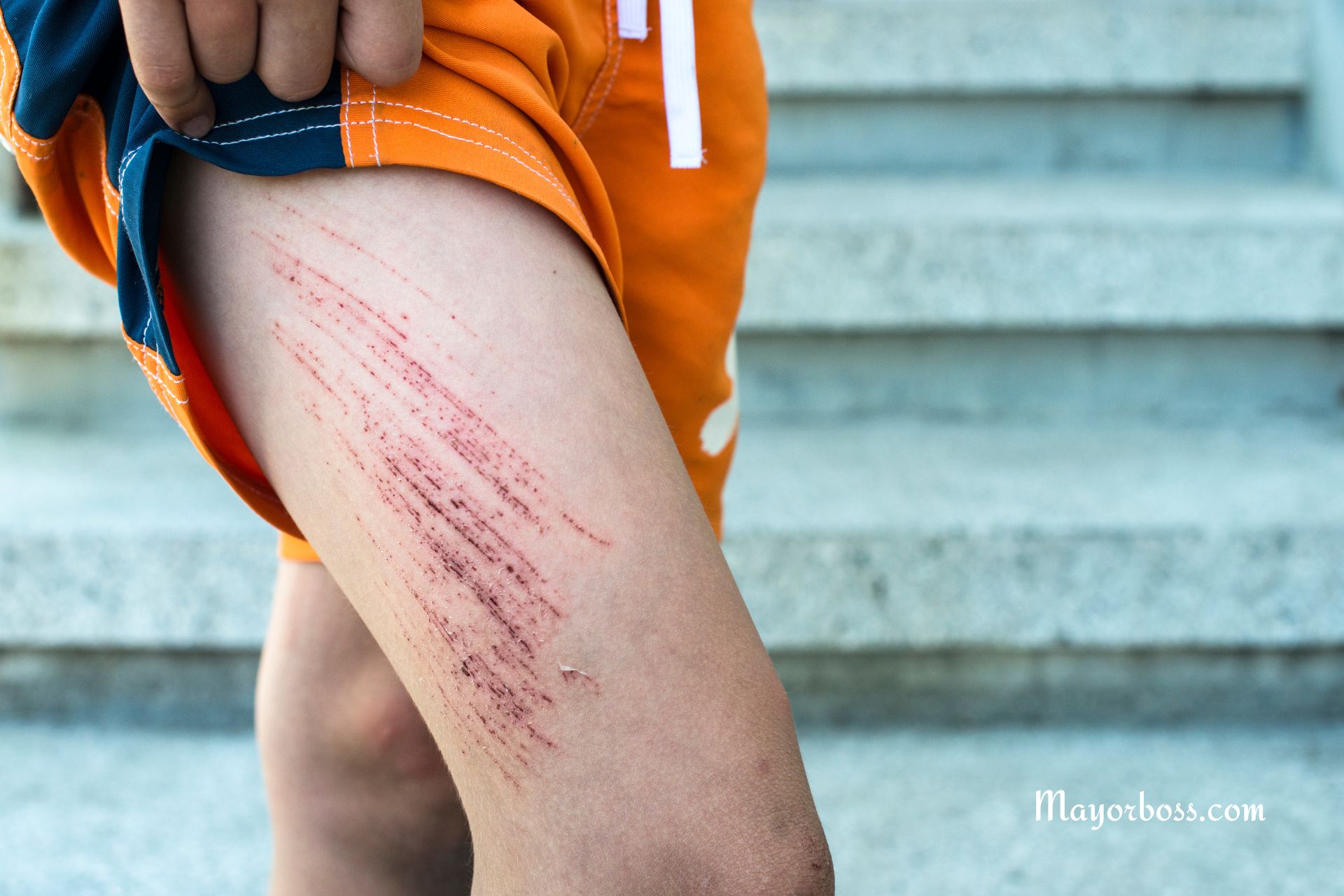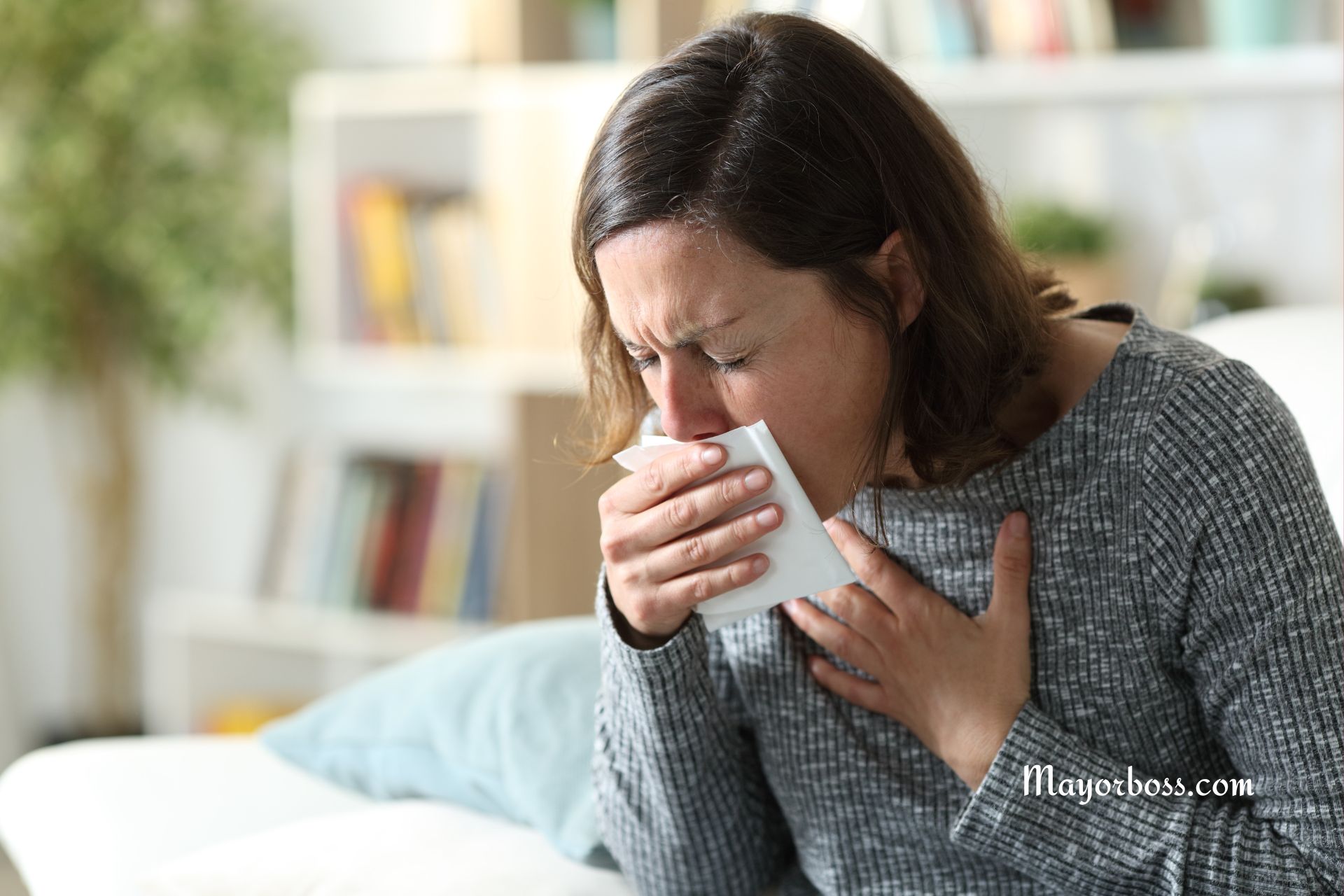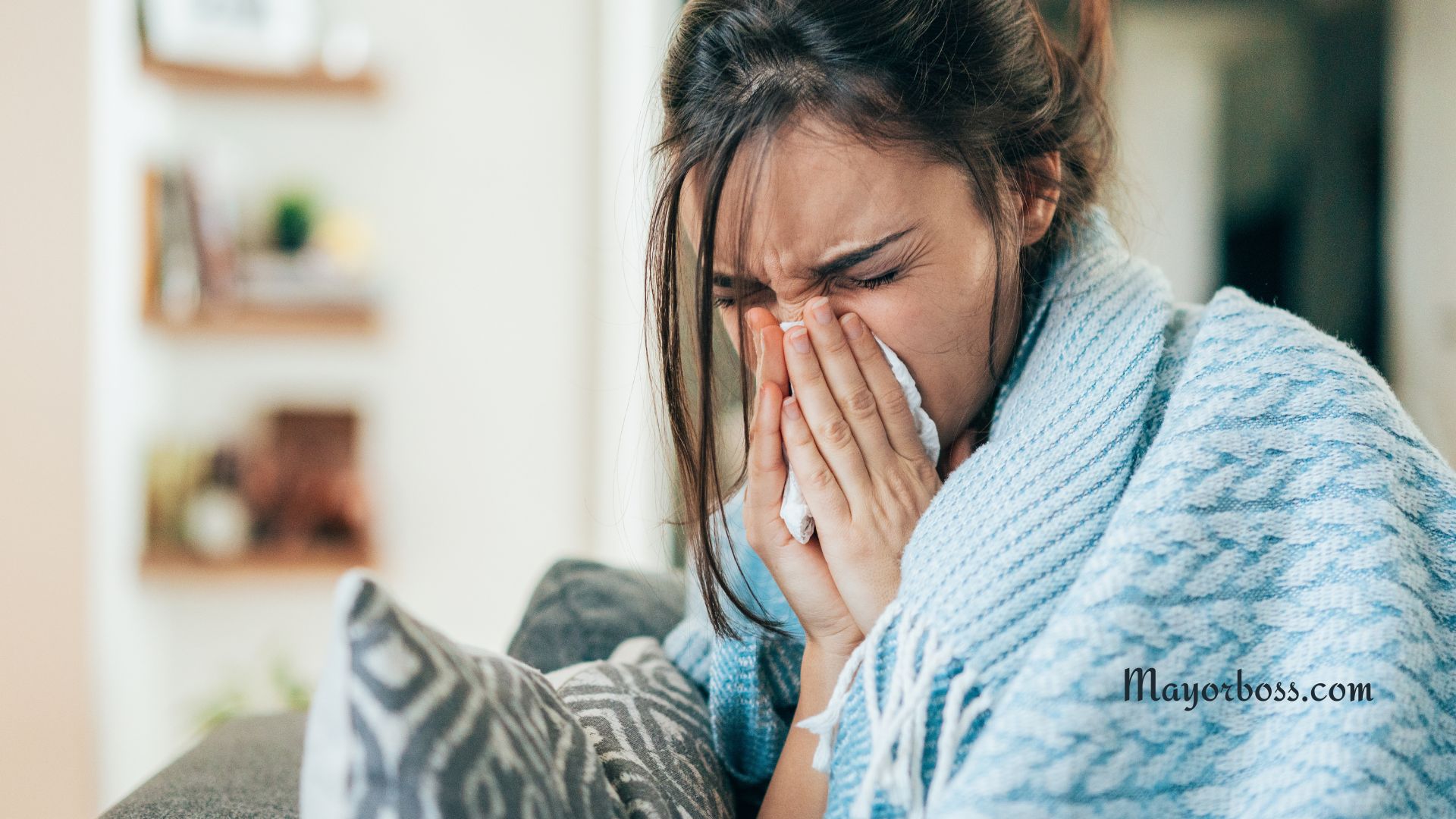Is Your Cut or Scrape Infected? Here the Signs
When we get a cut or scrape, we want it to heal fast. Most times, a small wound will mend on its own if we keep it clean and covered. But germs can sneak in and make the wound infected. Infections can slow down healing. They can also cause pain and other problems.

An infection happens when germs, like bacteria, enter a wound. Our bodies fight germs, but sometimes the germs grow too quickly. Then the wound cannot heal right. When that happens, we may see or feel signs that show the wound is Infected. In this article, we will talk about signs that your cut or scrape might be infected, plus ways to keep your skin safe.
Redness and Swelling
One of the first signs of an infected cut is redness. Some redness is normal when a wound starts healing. But if the red area spreads or feels warm to the touch, it might be a problem. Swelling is another clue. If the skin around your cut puffs up more and more instead of going down in a day or two, you should keep a close watch. Do not wait if the swelling gets worse—see a doctor if you can.
Pain That Gets Worse
Another key sign is pain. At first, a fresh cut or scrape will hurt. But after a short time, it should hurt less each day. If the wound keeps hurting or the pain becomes sharper, it might be infected. Do not ignore the pain if it grows over time. You may need a doctor to look at it and see if you need more help to clear the infection.
Pus or Weird Fluid
Healthy cuts do not usually leak strange fluid for long. As they heal, you may see clear fluid that forms a thin crust. This is often normal. But if you see yellow or green stuff, it might be pus. Pus can smell bad. It is one of the main signs of infection. If you see pus, clean the wound gently and speak to an adult or a doctor to find out what to do next.
Fever or Feeling Sick
Sometimes, an infected wound can cause a fever. A fever is a higher body temperature that helps fight germs. You might also feel tired or lose your appetite. If you get these signs and you have a cut, tell an adult. Fever can be a serious sign, so it is best to check with a health expert.
How to Take Care of Cuts
To help keep cuts and scrapes from getting infected, clean them right away. Start by washing your hands with warm water and soap. Next, rinse the wound with clean water. If the cut is dirty, use mild soap around the area. Pat it dry gently with a clean cloth or paper towel. Put a bandage over it to keep germs out. Change the bandage every day or when it gets dirty or wet. If the cut is big, or if something is stuck in it, see a doctor.
Use the Right Products
You might see many wound care items in a store. An antibiotic cream can help kill germs before they grow. Put a thin layer on your cut or scrape after you clean it. Then, cover it with a clean bandage. Do not reuse old bandages because they can carry germs. Each time you change the dressing, wash your hands with soap and water.
When to See a Doctor
Small cuts often heal in a few days. But if you notice redness that spreads, swelling that does not go away, or pain that worsens, you may have an infection. Another clue is fluid that looks yellow or green and does not improve. If the area around your cut feels warm or you get a fever, you might need medical care. A doctor can check if you need medicine to fight the germs. The doctor might also need to clean the wound or remove dead tissue.
Healing Time
Every cut has its own healing schedule. A small scrape might heal in less than a week. A deeper cut may take longer. Infections can slow things down. If you keep the wound clean and covered, it should look and feel better each day. If your wound is not doing better or is getting worse, let a grown-up or a medical expert know.
In Closing
Cuts and scrapes are common, but they can lead to bigger problems if they get infected. Watch for redness that spreads, more swelling, more pain, and unusual fluid. Check your wound every day to see if it is healing or not. Clean it well and change the bandage often. If you see warning signs, tell someone at once so you can get the help you need. By taking good care of your cuts, you can make sure they heal and do not lead to serious infections.






